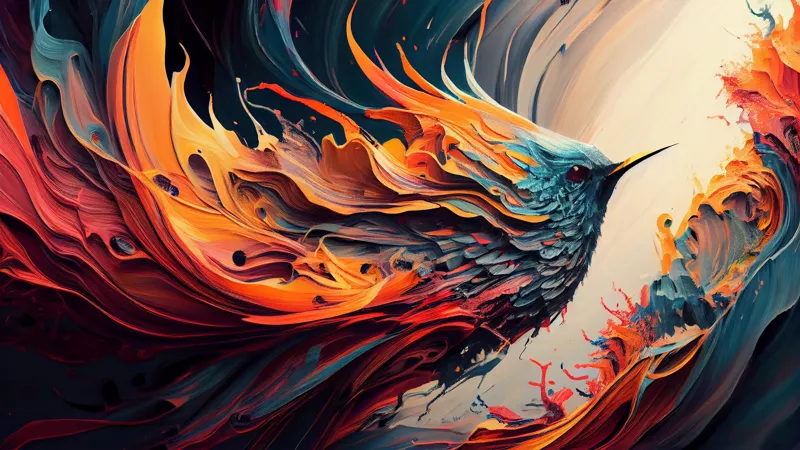In today’s digital age, the intersection of artificial intelligence and creativity has sparked both excitement and ethical dilemmas. As tech giants like Google invest heavily in AI advancements, the implications of using such technology raise important questions about authenticity and ownership. With the rise of AI-generated content flooding social media platforms, the challenge becomes not only about creating engaging visuals but also about ensuring transparency and accountability. To address these concerns, Google has introduced a groundbreaking watermarking system, SynthID, designed to identify and label AI-generated images. This innovation promises to reshape how we interact with digital media, offering a glimpse into the future of content verification.
| Feature | Description |
|---|---|
| AI Investment by Companies | Companies, including Google, are investing heavily in AI technologies. |
| Shortcuts in AI Development | Some companies allow AI models to use copyrighted content without permission. |
| Ethical AI Use | It is concerning that AI is often used for engagement rather than humanitarian efforts, like finding cures for diseases. |
| Google’s Watermarking Initiative | Google introduced a watermarking system for AI-generated content in its Photos app. |
| SynthID Technology | SynthID embeds a digital watermark into AI-generated images, audio, text, or video. |
| Content Types Being Watermarked | Watermarking applies to images edited with generative AI using the Reimagine feature. |
| Limitations of Watermarking | Minor edits may not trigger watermarking, leaving some images unmarked. |
| Verifying Image Origins | Users can check if an image was edited with AI using the ‘About this image’ feature. |
| Useful Tools | Tools like Circle to Search and Google Lens help discover more about an image. |
The Rise of AI in Everyday Life
Artificial Intelligence, or AI, is becoming a big part of our daily lives. Companies like Google are using AI for many things, from creating cool images to helping doctors find new treatments. This technology can make our lives easier and more fun, but it also raises questions about how it should be used. For example, while AI can generate fantastic pictures for social media, we must think about where these images come from.
Many people enjoy sharing AI-generated content on platforms like Facebook and Twitter. It’s exciting to show off unique images that look real but were made by computers! However, we should remember that creating AI images can sometimes involve using other people’s work without permission. This is why understanding how AI works and ensuring it is used properly is so important for everyone.
Frequently Asked Questions
What is Google’s new watermarking feature for AI-generated content?
Google’s new watermarking feature, using SynthID technology, labels AI-generated images, audio, text, or videos to show they were created with AI, helping users identify such content.
How does SynthID technology work?
SynthID technology embeds a digital watermark into AI-generated content, making it recognizable while remaining imperceptible to viewers, ensuring clear identification of AI involvement.
Why is Google using watermarks on AI content?
Google aims to improve transparency and trust by marking AI-generated content, helping users understand the origins and authenticity of images, audio, and videos.
Can all AI-edited images receive a watermark?
Not all AI-edited images will receive a watermark. Minor edits, like changing small object colors, may be too subtle for SynthID to detect.
How can I check if an image is AI-generated?
You can use the ‘About this image’ feature in Circle to Search or Google Lens to explore an image’s metadata and verify if it’s AI-generated.
What benefits does watermarking provide to users?
Watermarking enhances user awareness about content origins, promotes responsible sharing, and discourages misinformation related to AI-generated images and media.
How can AI help in fields like healthcare?
AI holds potential for discovering new treatments for diseases, but financial incentives often favor ongoing treatments over cures, limiting its application in healthcare.
Summary
Google is investing heavily in artificial intelligence (AI) to enhance its services. Recently, they introduced a new feature in their Photos app called SynthID, which adds a digital watermark to images, audio, text, and video created or edited with AI. This helps users identify AI-generated content easily. While AI can inspire creativity, like generating fun images for social media, using AI for serious issues like finding cures for diseases is more beneficial. Google also provides tools to check the origins of images, helping everyone understand whether they were created by AI or not.
